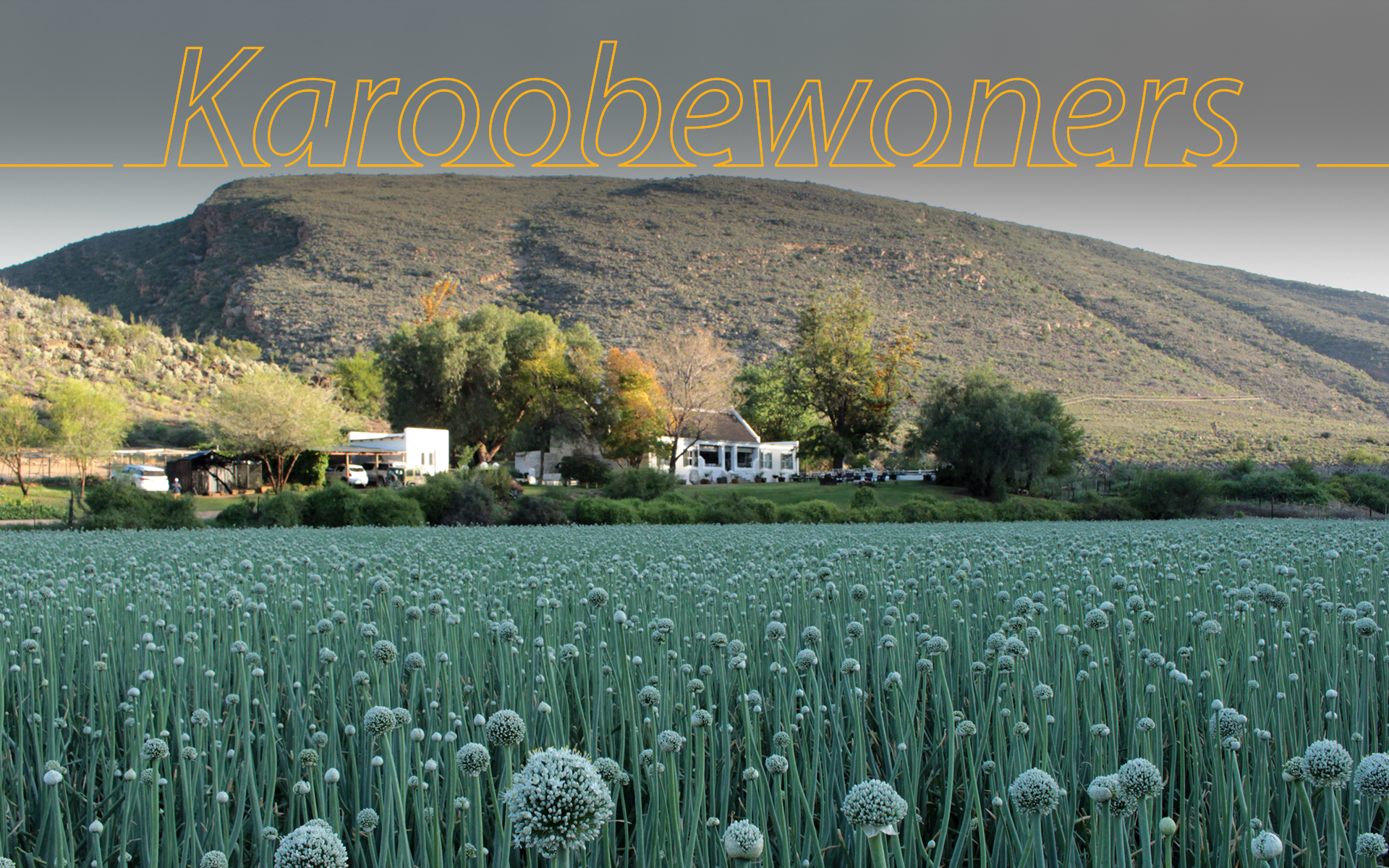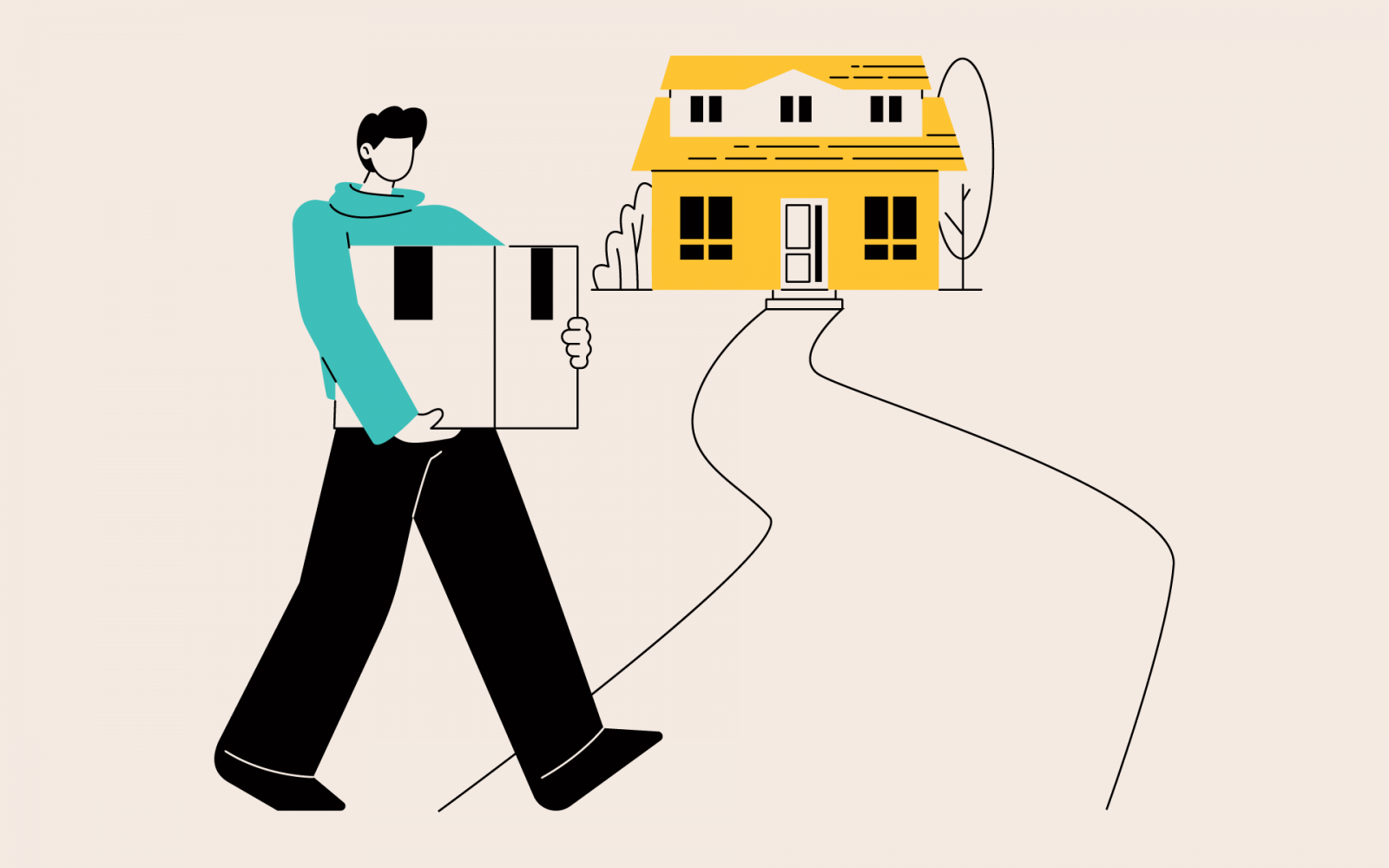My big fat country guesthouse building disaster

Never ignore the advice of the locals when you’re planning a big renovation.
Never ignore the advice of the locals when you’re planning a big renovation
Tackling a big renovation project is either a very brave or very silly undertaking. All the more so when then project involves converting old sheds into a guesthouse on a farm in the southern Drakensberg.
Was I brave, or was I silly? Well, let’s see. When I was living in Johannesburg, I renovated often, moving homes every eight years.
My first property purchase was a tiny townhouse that I slowly altered as I saved up enough money to tile the floors, build a proper enclosed patio, and modernise the kitchen.
The next project was bolder. I bought a large, outdated apartment, gutted the kitchen, and converted bedrooms into bathrooms under the scrutiny of the nosy chairperson of the inactive body corporate.
When I had doubled my investment, I decided that living in close proximity to my neighbours was cramping my lifestyle. I went in search of a standalone house.
I found my dream property, an old farmhouse in need of tender love and care, in the middle of a busy suburb.
Before putting in the offer to purchase, I called my contractor, Chris. With his assurance that he could transform the building into a modern dwelling, we commenced the demolition and reconstruction.
The home became the venue for many fabulous parties, with the outside areas flowing seamlessly into the open-plan dining room and the designer kitchen that was the heart of the house.
The successful transformation gave me the bravado to think I had the skills necessary to convert the historic sheds on our farm in the Eastern Cape into a guesthouse.
After numerous attempts to secure a meeting with the only two contractors in the region, my impatience clouded my better judgement. I called Chris again.
He convinced me that he was the man for the job, despite the fact that the project was 700 kms away from his home, and that his team from Limpopo would be able to withstand the minus-10 temperatures in the heart of winter to mix concrete, nail rafters, and install large windows.
Both Chris and I underestimated the challenges of the project. The idea was to convert the sandstone shearing-shed, bull stable and milking kraals constructed before the Second World War, into five guest bedrooms, a restaurant, and a bar.
An architect with a passion for fishing drew up the plans, incorporating his extensive knowledge of trout lodges across the world.
Armed with the drawings and a can-do attitude, Chris and his team of handymen headed off to the farm, 40 kms away from the closest town. That is when the chaos commenced.
First of all, there is a huge difference between a stone mason and a bricklayer. The milking parlour, which served many generations, was built out of huge sandstone blocks that were cut out of the surrounding hills and perfectly matched for colour and texture.
The crew quickly demolished the original building, but did not have the know-how to put it back again. This was the first big unexpected expense.
Facing the prospect of no rooms for guests already booked, I conceded and purchased thousands of bricks that had to be transported in 20 loads from more than 350 km away.
The drivers cursed every delivery as they navigated the narrow, windy roads up and down the Drakensberg, carefully negotiating the large trucks and trailers over the stormwater bridges.
As there is plenty of sand in the Sterkspruit River running through the centre of the farm, this was loaded onto trailers and dumped at the building site.
I am sticking to my story that the uneven plastering is a deliberate attempt at creating a rustic finish. But it was not only the plaster that came unstuck.
Chris found the isolation challenging and used every excuse to head back to civilisation, leaving the crew unsupervised.
We have ponds forming on the patios when it rains. Maybe with the addition of water lilies and some frogs, I can call it a water feature.
The stairs to the loft rooms are an adventure for children, and a reminder that carpenters require more skill than being able to hit nails into a piece of plank.
At a cursory glance, the guesthouse passes muster, and we have welcomed discerning guests from all over the country.
However, each day I curse my naivety and pray that the roof does not cave in again.
Ignoring advice from people who have lived in the area for decades, Chris was so confident that the roof was strong enough to withstand the gales in the mountain valleys, that he was prepared to stake his life on the structure.
When the first storm lifted the roof and all its timber and deposited it on the other side of the building, Chris hastily packed his merry men and departed.
With a nervous twitch, I now graciously concede to demands from the local builder, who is painstakingly fixing the glaring errors, all the while tutting that these city people had no idea about building in the country.
*You can learn more about the joys and challenges of life in the countryside on Karoobewoners – a series made just for you by BrightRock – on Tuesdays at 21:00 on KykNET, channel 144 on DStv.




